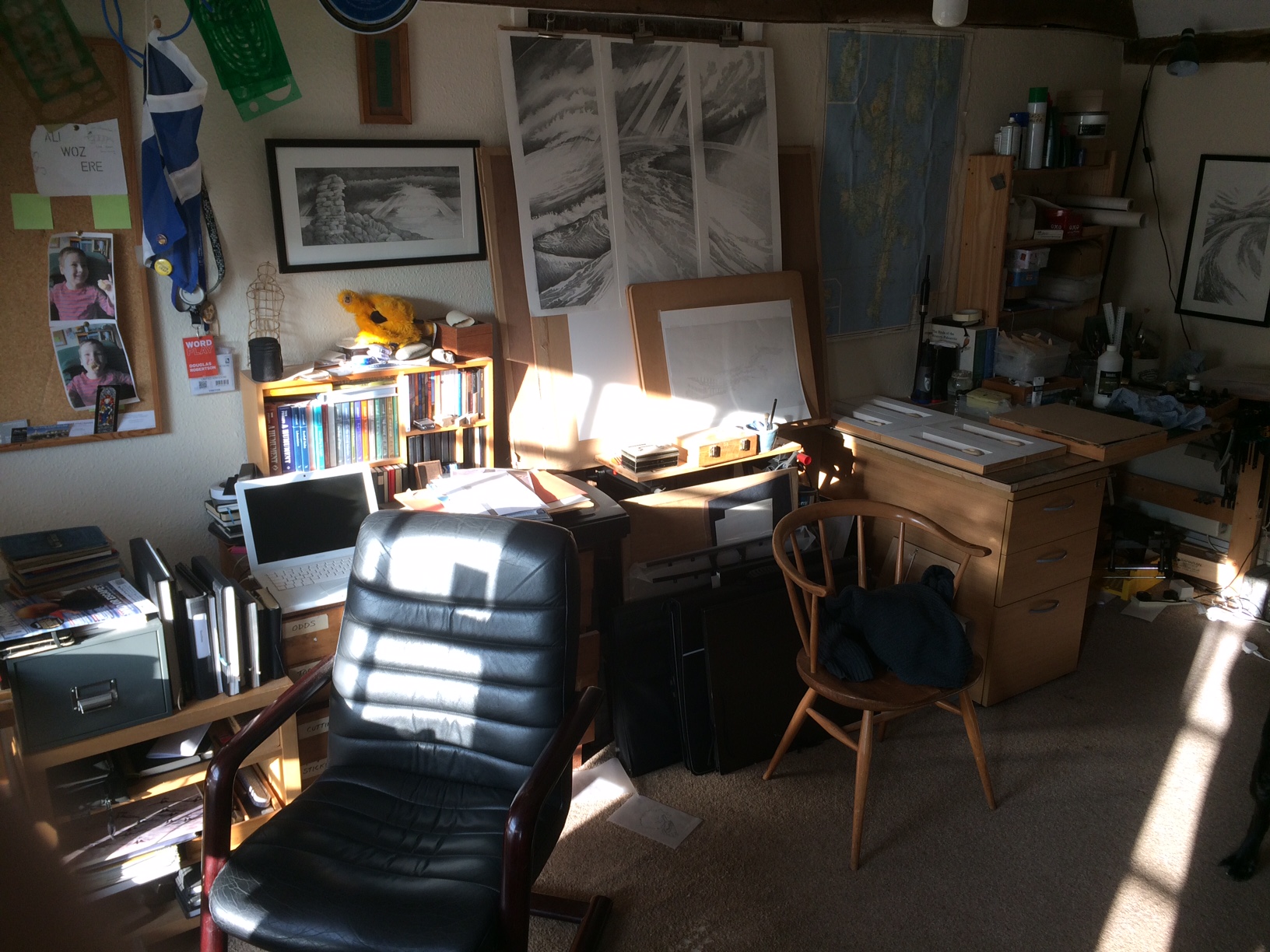Stand And Stare show premiering at Celtic Connections 2017 on Sunday 29th January in the Strathclyde Suite of Glasgow’s Royal Concert Hall, also selected to feature as part of the Festival’s Scottish Showcase.
Stand And Stare
Stand And Stare, a unique marriage of music and literature, takes as its starting point the poem, Leisure, by Welsh writer, W.H.Davies. One of the world's best-loved poems, it asks, 'What is this life if, full of care, We have no time to stand and stare?' and exhorts the reader to take time to stop and look; to marvel at and appreciate the beauties and wonders of the natural world, the small things and creatures which go unnoticed in our hurried lives.
Although the poem was written over one hundred years ago, it is possibly more pertinent than ever; in an urban age of over-saturation of imagery, all-pervading noise and musak, constant connection to electronic gadgetry and short attention spans, we perhaps require to be reminded of the need - for our souls as well as our mental well-being - to slow down from our hectic, high-tech lives, and contemplate, and reconnect with, nature.
Now in the selfie-era of instant posting of every random thought and moment of our lives to social media platforms, we are losing touch with how to be in the moment and simply connecting with what we see, hear, feel and smell. Leisure has touched a chord with readers across the generations and its message resonates more strongly than ever in today’s Britain, where we work longer hours than in many other European countries, leaving far less free time to unwind, be outdoors, go out into the countryside to enjoy nature and what remains of our wild landscape.
W.H.Davies was prolific in his output, and as well as gaining acclaim during his lifetime, enjoyed some colourful adventures. After a somewhat troubled youth, he left his native Wales to seek his fortune in the USA, spending a number of years as a wandering hobo, before heading to the Klondyke goldrush in the late 1890s. Attempting to jump a train with his drinking buddy, Three Fingered Jack, his leg was crushed and had to be amputated. This was, in a way, the making of him, as he returned to England and began writing; his work quickly came to the attention of George Bernard Shaw, who championed him and brought him to public attention. Davies wrote extensively thereafter, one of his most famous works being his memoir, Autobiography Of A Supertramp, which decades later inspired the eponymous supergroup’s name.
Three eminent, award-winning writers have been invited to offer a contemporary response to the poem, reading and performing their own poetry, prose and monologue, and each has chosen to write new work for the project. We are honoured to have a prestigious Welsh connection in the form of Gillian Clarke, National Poet of Wales 2008 – 2016, who, as well as being one of our foremost contemporary poets, has a personal link to Davies in that a distant relative of hers tramped with the poet in his hobo days. Gillian will present Leisure, elaborate on her own connection to Davies, and read her own work.
Donald S Murray, acclaimed Lewis writer and poet now resident in Shetland, and author of The Guga Hunters (Birlinn) and Herring Tales (Bloomsbury), will offer a distinctly Hebridean take on the concepts of leisure, work, nature and roots, in the form of Ship Of Fools, dramatic monologues presented by himself, David Walker (actor and writer) and Kathleen MacInnes (Gaelic singer, actor, and presenter). We are delighted that artist and illustrator, Doug Robertson, who has previously collaborated with Donald on a number of book projects, is creating unique drawings for Ship Of Fools which will be projected as overhead visuals.
Nature poet, photographer, and writer, Gerry Cambridge, author of Nothing but Heather! (Luath Press), The Shell House (Scottish Cultural Press), Brownsbank Writing Fellow 1997 - 1999 and editor of The Dark Horse literary journal, will take us on a detailed exploration of startling forms and images to be found in nature and life. The beauty and fine construct of the smallest organisms and creatures, when viewed close-up, can offer us a different perspective on our own place in the world. Gerry’s photographic images will feature in key use of overhead projections, the aim of which will be to draw the audience gaze to the stillness of the visual image, and let the music or words settle, allowing listeners to reflect, focus and contemplate.
A house band of accomplished musicians will play new, specially-composed instrumental music and provide a soundscape to the spoken word, featuring: award-winning fiddler and composer, Charlie McKerron of Capercaillie and Session A9; Canadian cellist, Christine Hanson, creator and composer of the acclaimed show, The Cremation Of Sam McGee, and cellist of choice for many Scottish artistes; Kathleen MacInnes, one of Scotland’s best-loved Gaelic singers; Alasdair Taylor, guitarist and mandolin player with The Trads award-winning young band, The Elephant Sessions; Liza Mulholland, singer/songwriter and musician, award-winning TV producer and accordionist with female band, Dorec-a-belle
Stand And Stare will offer diverse creativity in response to W.H.Davies' poem, resulting in a show of cross-artform collaboration that promises to be illuminating, beautiful and thought-provoking – perhaps a timely reminder and evocation of the natural beauty all around us, at a point when land, environment, and ecological balance are becoming issues of supreme importance.
The show was devised by Liza Mulholland and for further information, interviews or images, please email lizamulholland@btinternet.com or call 07919088099.





































